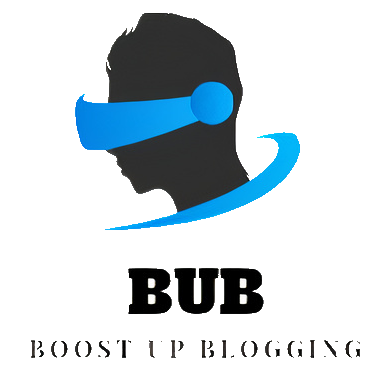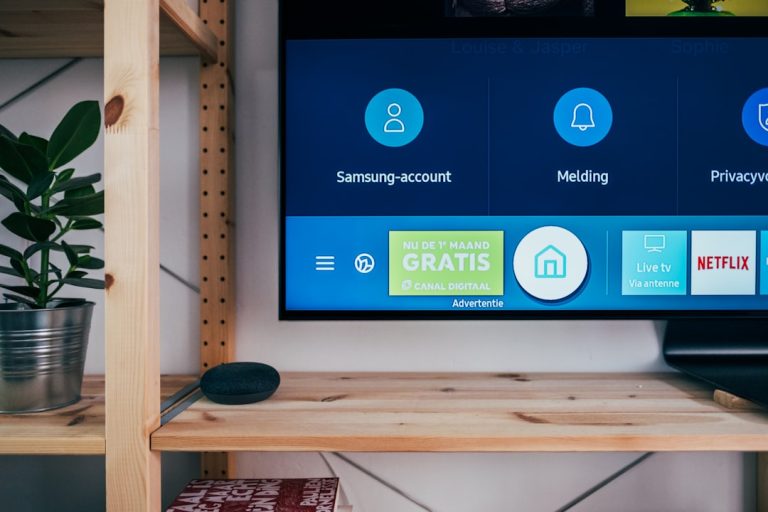Customer lifecycle segmentation: guide & examples [2025]
Understanding how your customers interact with your brand throughout their journey is critical to delivering personalized, timely communications. In 2025, customer lifecycle segmentation remains a fundamental strategy in marketing, allowing businesses to tailor their engagement based on where a customer is in their journey. From acquisition to retention and win-back, lifecycle segmentation helps companies boost engagement, customer satisfaction, and ultimately revenue.
What Is Customer Lifecycle Segmentation?
Customer lifecycle segmentation is the practice of dividing your customer base into segments according to their current phase in the buying journey. This approach enables marketers to send relevant content, offers, and messages that resonate with the specific needs and behaviors of each group.
The customer lifecycle typically includes the following stages:
- Awareness: The customer becomes aware of your brand or solution.
- Consideration: They start exploring how your product or service can address their needs.
- Acquisition: The customer makes their first purchase or signs up.
- Retention: Ongoing engagement to keep the customer satisfied and loyal.
- Loyalty: The customer becomes an advocate and repeats purchases.
- Re-engagement/Win-back: Efforts to reactivate lapsed customers.
Why Lifecycle Segmentation Matters in 2025
As data privacy policies evolve and consumers become savvier in managing their digital relationships, sending generic, untargeted messages no longer suffices. Lifecycle segmentation ensures that your communications are contextual, relevant, and timely. This personalization not only enhances the customer experience but also leads to measurable improvements in:
- Email open and click-through rates
- Conversion and retention
- Customer lifetime value (CLTV)
[ai-img]customer journey, buyer stages, lifecycle marketing[/ai-img]
How to Implement Lifecycle Segmentation
To apply lifecycle segmentation effectively, organizations should follow these key steps:
- Map Your Customer Journey
Identify the major touchpoints a customer has with your brand. This will help you understand how to group users into the different lifecycle stages. - Collect and Analyze Data
Use CRM, analytics platforms, and customer behavior tracking to gather data. Look for indicators such as purchase history, time since last activity, and engagement metrics. - Create Dynamic Segments
Based on the data, generate automated segments like “new customers,” “active users,” “at-risk users,” or “dormant leads.” Be sure these segments update in real time as user behavior changes. - Develop Tailored Campaigns
Craft messaging, offers, and content that speak directly to the needs of each segment. For example, acquisition-stage users might benefit from educational content, whereas loyal customers might receive rewards or early access to new products. - Measure and Optimize
Monitor performance metrics across each lifecycle stage to refine your campaigns. A/B testing, feedback loops, and customer satisfaction surveys can help fine-tune segmentation strategies.
Examples of Lifecycle-Based Segmentation
Here are several real-world examples to illustrate effective lifecycle segmentation:
- E-commerce: A fashion retailer segments shoppers who have purchased within the last 30 days and sends them matching accessory suggestions, while users who haven’t purchased in 90 days get a discount offer to win them back.
- SaaS: A software company distinguishes between free trial users and active paid users. Trial users get a series of onboarding emails explaining features, whereas active users receive usage tips and upgrade incentives.
- Finance: A digital bank segments customers who opened a new checking account and sends helpful tips on using digital banking features. In contrast, dormant users are nudged with messages showing the benefits of switching their direct deposit.
[ai-img]email marketing, customer retention, digital campaigns[/ai-img]
Tools to Support Lifecycle Segmentation
In 2025, marketers have access to a range of tools that make lifecycle segmentation both practical and scalable. Some of the most commonly used platforms include:
- Customer Relationship Management (CRM) systems: Tools like Salesforce or HubSpot help track and segment customers in real-time.
- Marketing Automation Platforms: Platforms such as Klaviyo, Marketo, or Mailchimp allow for dynamic segmentation and behavior-based campaigns.
- Analytics Dashboards: Google Analytics 4, Mixpanel, or Amplitude help uncover key lifecycle insights and behavioral patterns.
Conclusion
Customer lifecycle segmentation is more than a marketing trend—it is a necessity in 2025’s competitive and data-driven landscape. By understanding where each customer stands in their journey, businesses can craft more personalized, effective communication strategies that drive loyalty and growth. With the right approach and tools, lifecycle segmentation becomes a powerful asset in nurturing long-term customer value.






